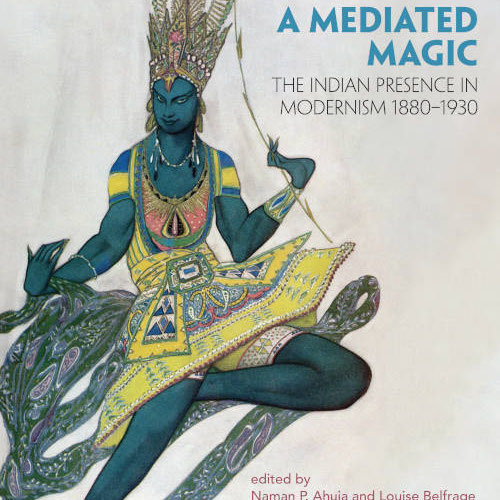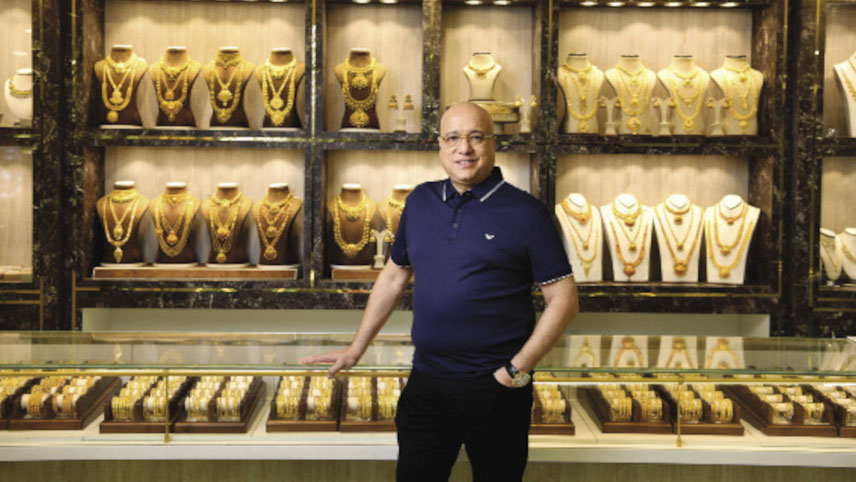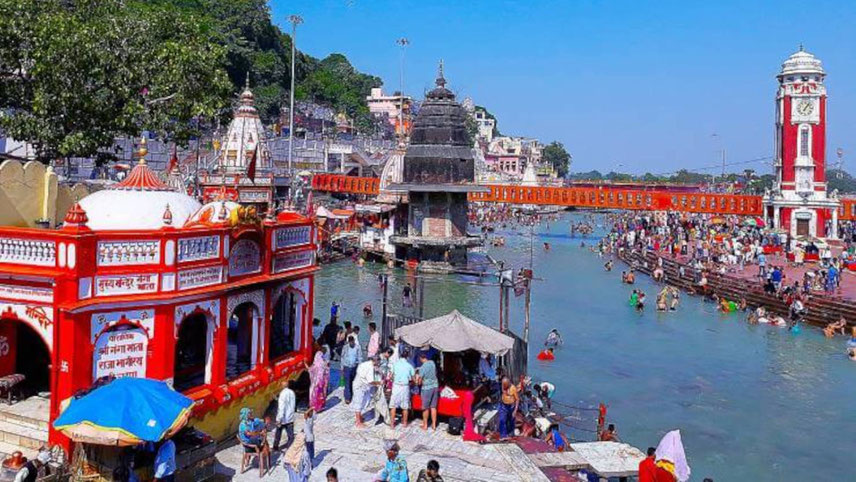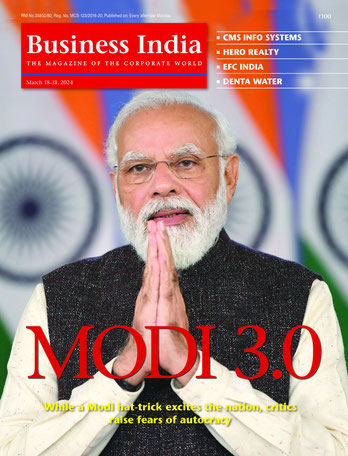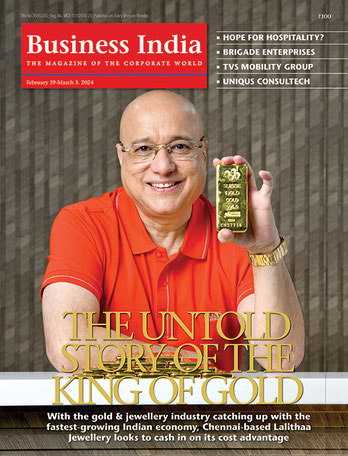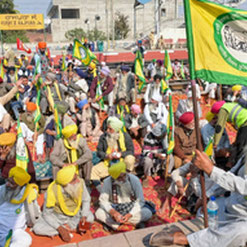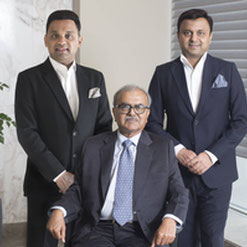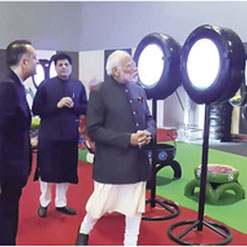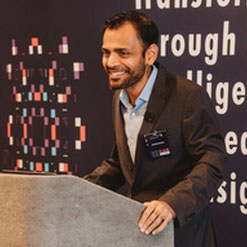This amazing book is gorgeous, rich with unpublished or rarely seen art, and reveals the huge influence Indian creativity and thought had on modernism, not just in France or Italy but in Sweden, Russia, North America… It discusses this mine of inspiration for artists like Hilma af Klint, Kandinsky, Klee, Mondrian and Goncharova. Stagecraft genius Stanislavski and Tairov read yoga in Russia and wrote notes showing its huge impact on them. Ballets Russes costume and set designers, along with German and French theatre directors, indicate the ‘very roots’ from which their work arose. This rare research offers wonderful insight into the thoughts of intellectuals like Jung, Coomaraswamy, Tagore and the Theosophists. “Hilma Af Klint: Paintings for the Future” was officially the most-visited exhibition in the Guggenheim Museum’s 60-year history, (2018). As Jerry Saltz wrote about Klint, whose art clearly and repeatedly shows tantra, the show is ‘only a hundred years late’. Hindu-Buddhist thought was not based only on temporal events and limited individual experience but explored knowledge and consciousness itself. It examined ideas felt ‘subliminally, intuitively, even secretly’. This exploration expressed ‘emotion, secret ideas, even magic against the insistence on empiricism’. ‘With modernism came a great expansion of horizons and many ways of representing the visual world: this breakthrough was in many ways indebted to India.’ Why did the acknowledgement to this source of Modern Art take so long? This book describes the rich, enchanting effect that India, especially Hindu and Buddhist thought, had in inspiring Europe’s Modern Art and the related art, music, dance, theatre and architecture. The reason for this huge influence lies in understanding that Hindu/Buddhist/Jain seekers sought the source of consciousness and expressed it in their classical and folk art.
-

Nicholas Roerich, Padmasambhava, Banner of the East. 1924. Courtesy Nicholas Roerich Museum, New York









